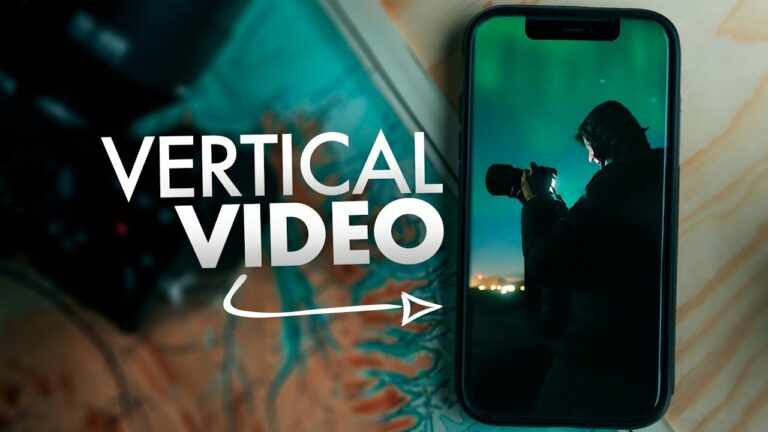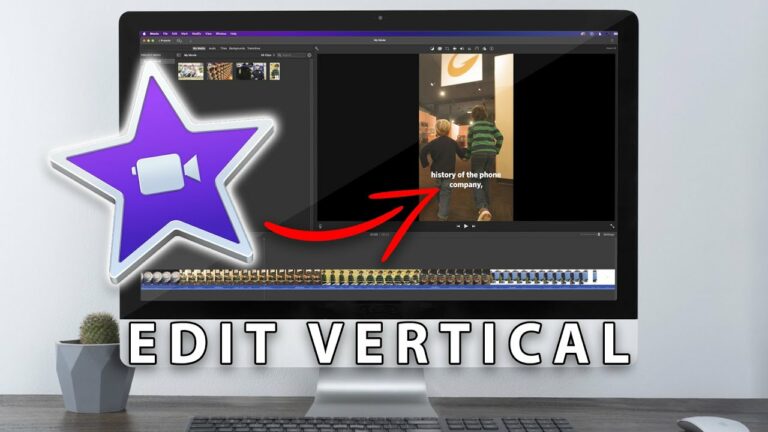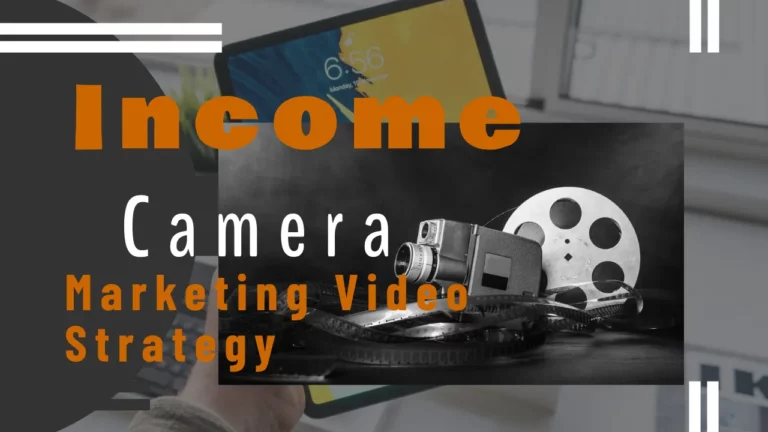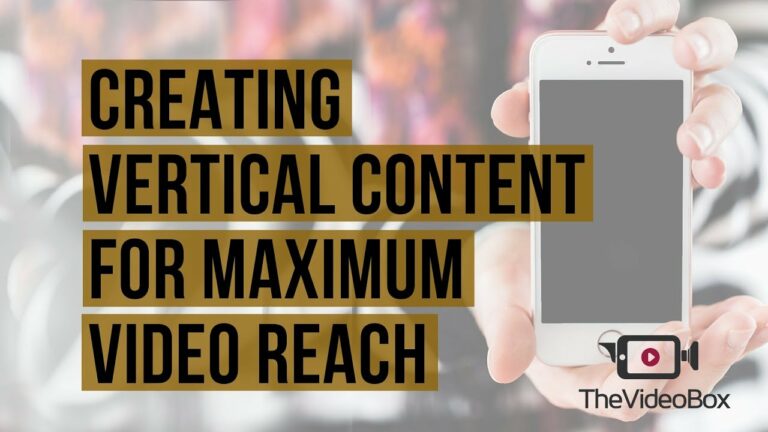Unlock Vertical Video Magic on Your Desktop
As digital media professionals, we often encounter challenges when creating content for multiple platforms.
Despite our best efforts, the elements of success can often be elusive. Creative professionals are always looking for ways to efficiently create content that will meet their audience’s needs.
One of the most important considerations when creating content for multiple platforms is to Unlock Vertical Video Magic on Your Desktop for the effective use of vertical video.
Vertical video offers a much more engaging experience for viewers, but until now, creating it for the desktop platform has been a challenge. Today, we will discuss how to unlock vertical video magic on your desktop.
By leveraging the right tools and techniques, you can quickly and easily create stunning vertical video content for desktop audiences.
We’ll look at the different types of vertical video that are available and provide tips on how to get the most out of your desktop workflow.
With this knowledge, you will be well-equipped to create highly engaging vertical video content that will wow your viewers and supercharge your content production.
Table of Contents Unlock Vertical Video Magic on Your Desktop
Understanding the basics of vertical video
Vertical video is revolutionizing the way we consume content on mobile devices.
The rise of platforms like Instagram Stories, TikTok, and Snapchat underscores a shift towards more immersive, vertical experiences that fill the entire screen without requiring users to rotate their phones.
Using Camtasia, you can easily edit and produce high-quality vertical videos tailored for these platforms.
This versatile software allows you to crop and adjust your footage, ensuring that every frame meets the visual demands of mobile-first audiences.
Transitioning from horizontal to vertical might seem daunting initially, but Camtasia simplifies this with intuitive tools designed specifically for mobile optimization.
The benefits go beyond user convenience; vertical videos cater directly to the habits of contemporary viewers who value ease-of-access even under constrained viewing conditions.
By leveraging Camtasia’s robust feature set—ranging from precise trimming to advanced animations—you not only align with current trends but also elevate your storytelling in ways unimaginable through traditional formats.
By embracing a tool like Camtasia for your vertical video endeavors, you’re not just adapting; you’re innovating.
Vertical video isn’t merely a passing trend; it’s an evolution in digital storytelling that captures attention quickly and effectively in our fast-paced world.
Elevate your content strategy by diving into the endless possibilities offered by creating compelling vertical narratives using Camtasia’s comprehensive suite.
Learning how to create vertical videos on your desktop
Vertical videos are becoming increasingly popular on social media platforms due to their immersive viewing experience.
If you’re looking to maximize your reach and engagement, learning how to create vertical videos on your desktop is key. With the right tools and techniques, you can easily create stunning vertical videos that will grab the attention of your audience.
To get started, you’ll need the right software and a few tips. First, look for an editing program that supports vertical video editing.
Once you have that, you’ll need to learn the basics of video editing, such as trimming, cropping, and adding transitions and effects.
Creating vertical videos on your desktop using Camtasia is a game-changer, especially for the modern content creator aiming to captivate audiences on platforms like TikTok and Instagram Reels.
Camtasia not only simplifies the editing process but also offers a suite of tools that ensure your video quality stands out in crowded feeds.
Imagine harnessing the power of professional-grade transitions, annotations, and effects without having to juggle multiple apps or devices.
To start, you can set up a custom canvas size perfectly tailored for vertical output before diving into intricate edits.
The streamlined interface ensures that even complex tasks like adding motion graphics or layering sound are executed seamlessly.
The built-in screen recording function can be an untapped goldmine—excellent for software tutorials or showcasing mobile app interfaces vertically.
Integrating these features makes your workflow efficient while keeping your content engaging and viewer-ready from any screen orientation.
Finding the right video editing software
When it comes to choosing the right video editing software, many options can seem overwhelming, but honing in on what makes your workflow smoother is key.
Using Camtasia can bridge that gap between simplicity and professional results.
Not only does Camtasia offer an intuitive user interface, but its built-in features like screen recording and easy-to-use transitions eliminate the need for multiple programs.
This saves you valuable time and lets you focus more on the creative aspects of your project.
One unique advantage of using Camtasia is its exceptional interactivity tools.
You can effortlessly add quizzes or clickable links directly into your videos, turning passive viewing into engaging experiences.
Plus, with regular updates that introduce cutting-edge features and improve performance, you’re investing in software that’s constantly evolving alongside industry trends.
For those serious about producing quality content without a steep learning curve, choosing Camtasia could significantly enhance both productivity and end results.
Knowing the video formats and aspect ratios
Knowing the different video formats and aspect ratios is essential for creating vertical videos for your desktop.
Different formats are used for different types of videos, and it’s important to understand the differences so that you can choose the right one for your project.
Some of the most popular video formats are 4:3, 16:9, 9:16, and 1:1. Each format has a different aspect ratio, and it’s important to understand the differences in order to create vertical videos that look great on a variety of devices.
Additionally, understanding the different formats and aspect ratios can help you create videos that can be used on different platforms and devices, ensuring that your audience will always have access to the best possible viewing experience.
Choosing the right video resolution
Once you’ve decided on the software you want to use to create your vertical video, the next step is to choose the right video resolution.
This will determine the clarity, sharpness, and overall quality of your video. The most popular resolutions for vertical video are 1080×1920, 720×1280, and 540×960.
Each of these resolutions has its own benefits and drawbacks—for example, 1080×1920 will give you the highest possible quality, but it can also create larger file sizes that require more storage and bandwidth. Before deciding, you should consider the type of video you’re creating and the platform it will be viewed on.
Once you’ve made your decision, you’re ready to start creating your vertical video masterpiece!
Importing and editing your footage
The sixth step to unlocking vertical video magic on your desktop is importing and editing your footage. Once you have your footage downloaded and stored on your computer, you can begin to edit it.
Depending on the editing software you use, you may be able to make basic edits such as trimming, cropping, and adding transitions, as well as more detailed edits such as color correction and stabilization. You can also add music, titles, and other effects to make your video stand out.
Be sure to save your project as you go, so you don’t lose all your hard work.
Exporting your vertical video
Exporting your vertical video is the final step in the vertical video creation process and can be done in a few different ways.
The most common methods are to export your video as a file or upload it directly to the web. Exporting your video as a file is the most flexible option as you can use it in almost any platform, including YouTube, Instagram, and Facebook.
If you’re looking to upload your video to a specific platform, you can use the platform’s video export settings to ensure your video is optimized for the platform.
No matter your destination, always make sure to export your video in the highest possible quality so that it looks great on any device.
Viewing your final product
After you’ve finished editing your vertical video, it’s time to view the final product. This is the moment where you get to see the fruits of your labor!
Make sure to watch your video on different devices to make sure it looks good no matter what your viewers use. You can even use a “split screen” to watch your video side-by-side with the original so you can compare and make sure everything is good to go.
Once you’re satisfied, you’re ready to share your masterpiece with the world!
In conclusion, vertical videos work best when you use them to tell stories, engage with your audience, and create a more immersive viewing experience.
With the right software, you can easily create stunning vertical videos on your desktop. This makes it easier to take advantage of the popularity of vertical videos, reaching a wider audience.
With the right tools, you can unlock the full potential of vertical videos and create videos that captivate and engage your viewers.








